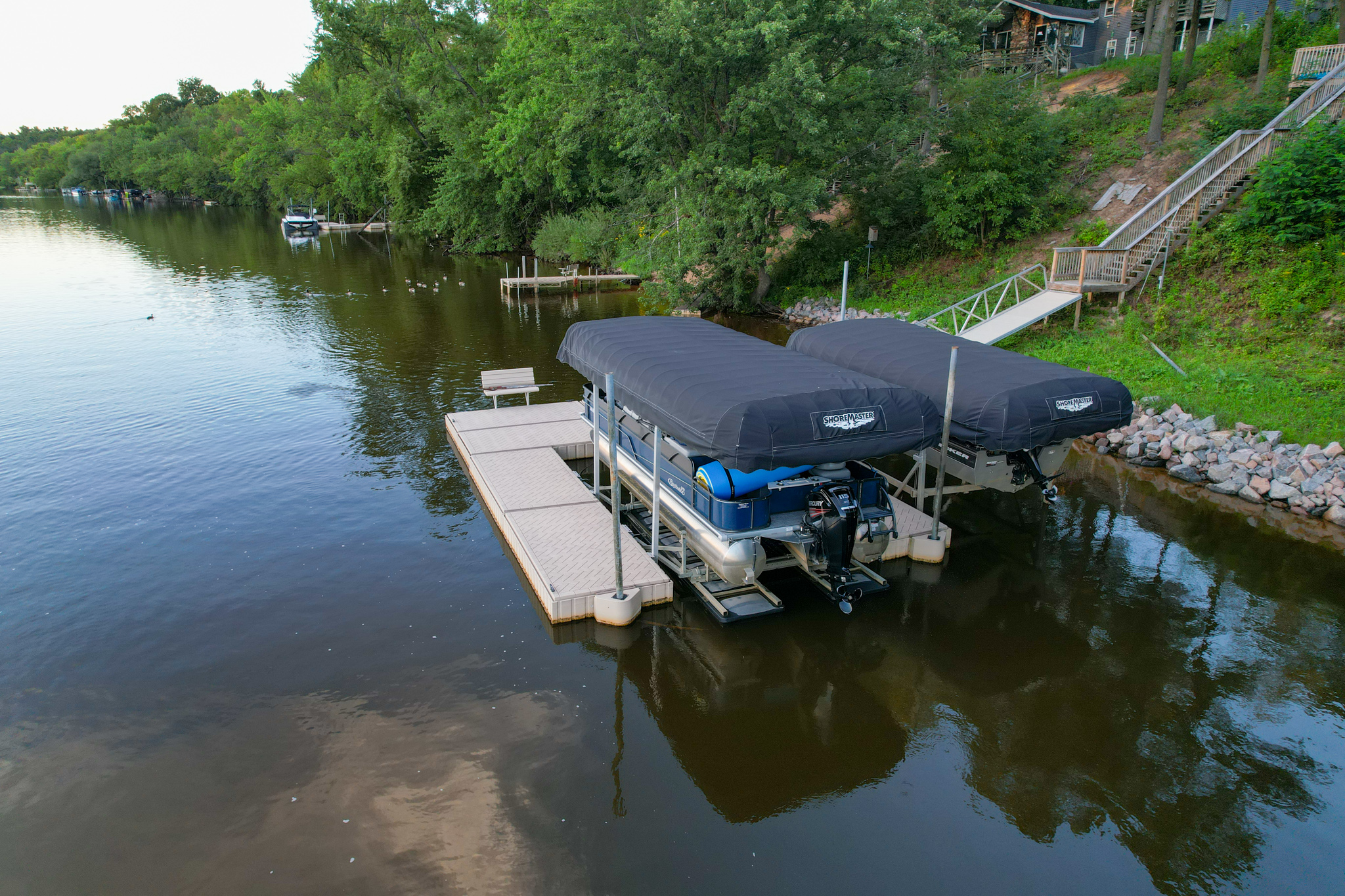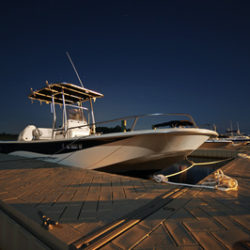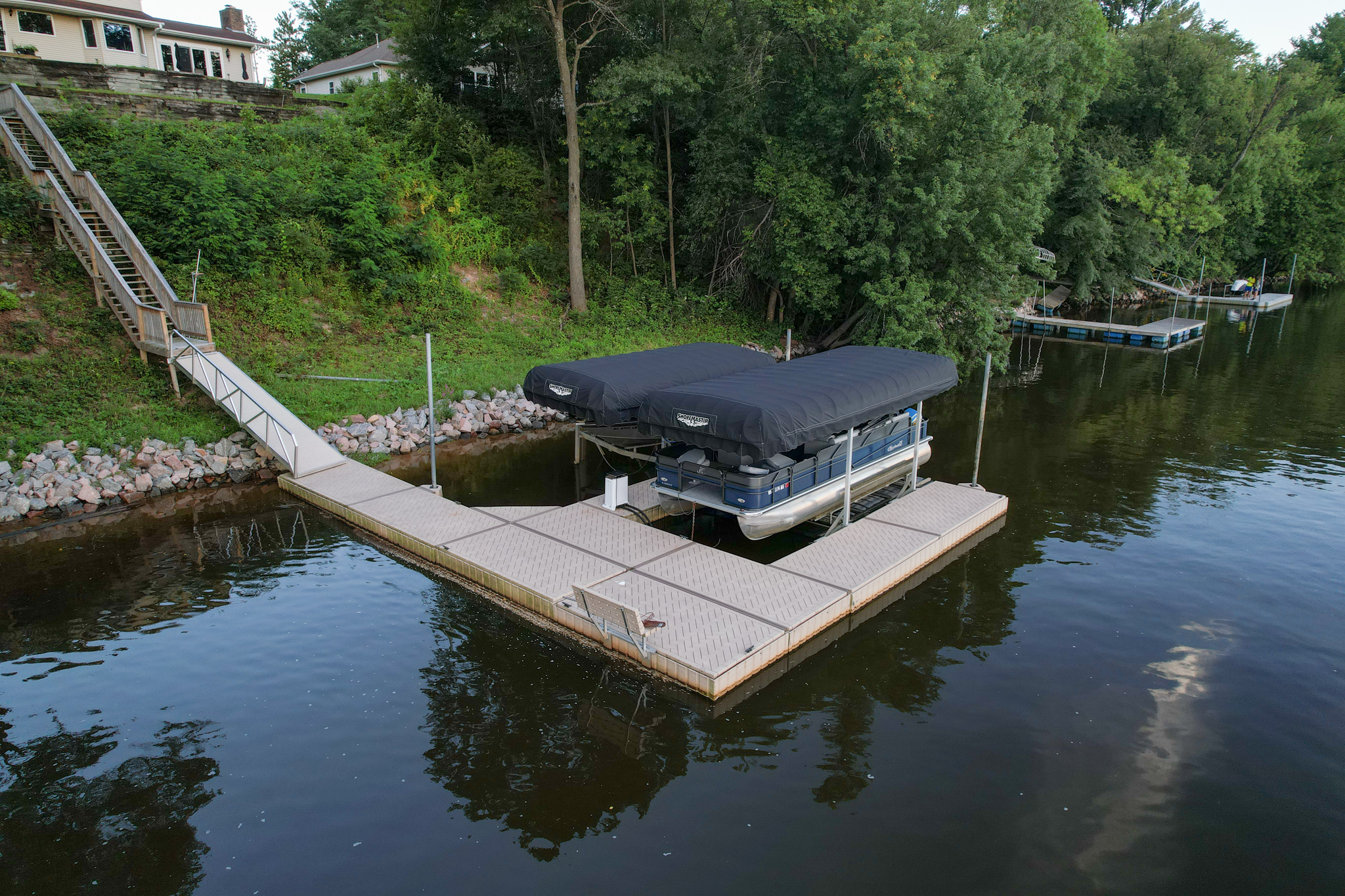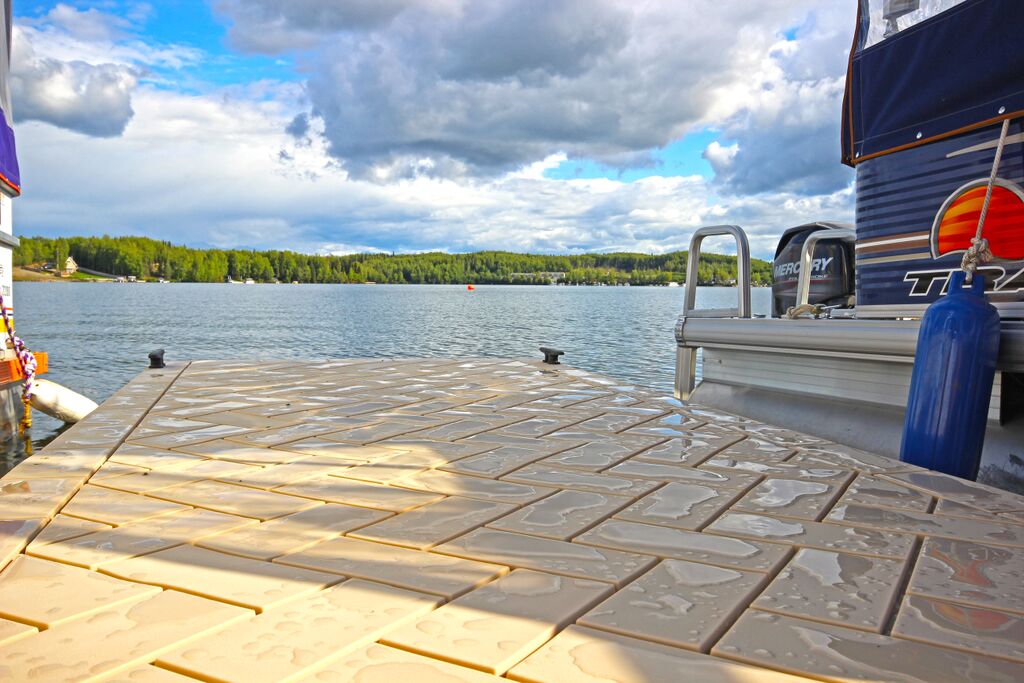Posted on October 5, 2023
How to Store/Winterize Your Dock |
Written by PolyDock Products Marketing
Cold weather, changing colors, and the holidays just a few months away mean the end of boating for the year when you’re a seasonal boater. Don’t leave the process of storage and winterizing until the last minute to avoid making some big mistakes that could cost you valuable time and money next year.
There’s something to be said for living in a place where the seasons change. Change can be a good thing — unless we’re talking about the inevitable end of the boating season. Winterizing and storing your boat, dock, lift, and other waterfront supplies is a big chore that should be done carefully.

Reasons to Winterize
There are many reasons to winterize, but the most important one is that your waterfront set-up will last longer and stay in better shape if you winterize it properly. Boats, docks, and lifts are all in danger from cold weather damage, especially in areas that experience a lot of foul winter weather and ice formation. Wooden boards can take on water that will then freeze, to say nothing of the expansion and thawing of ice on the rest of your dock system. Even if your dock lasts through the winter conditions, its lifespan is probably shorter than it would have been if it had been stored properly.
General Boat Dock Winterization Tips
Every boat dock or waterfront system will have unique requirements and challenges, but each one will require largely the same overall steps to winterize. If you’re DIYing your cold weather removal, make sure that you and your helpers dress in warm, waterproof gear. Also, be sure you have the tools you need to do any disassembling and that you have a way to make sure those tools don’t fall into the water while you’re working. If you need to haul your dock from the water, a winch is a good idea.
Most boat lift and floating dock systems will have small parts and other odds and ends that need to be put into storage even if the dock itself remains in the water. Accessories and fixtures should be removed to a more secure location. Any motors, gearboxes, and electrical components should be kept indoors and dry — no matter where the rest of your system is.
Give your dock and its components a good visual inspection and perform any floating dock maintenance, cleaning, lubrication, tightening, and other quick fixes needed before next season. If you see any parts that need replacing, it’s best to get those orders in now to stay ahead of the crowd. Your dealer will be busy when things start thawing out, and manufacturers will be working hard to meet everyone’s needs.
Sometimes, it’s worth the price and peace of mind to hire professionals to do the removal for you. If you’re not a confident DIYer, this is your first winter with a new system, or you need the help of a professional, your local waterfront dealer can help you schedule an appointment to ensure that you get the help you need at the end of the season.
Removing Your Dock
Removing your dock from the water is the best way to protect it from wintertime damage. Residential floating dock owners have a pretty significant advantage here because there’s less of a structure underneath the water to manage. But sectional docks of all kinds can be removed from the water for the season as long as your other waterfront conditions allow it. When storing your dock, ensure you have it somewhere flat and level that isn’t going to flood. Keep the system right side up so that the drain holes are facing downward, which keeps water from building up in the system. Clean the dock, decking, and accessories before storing them, no matter where they will be. If you’re storing your system outside, loosely covering it with a tarp is an option. Mark the area with flags to help people and vehicles avoid accidents.
Wintering in the Water
For some waterfronts, removing your dock for the winter might not be practical or even possible. Your system might be more permanent or stationary, or your shoreline might be too steep or conditions too hard to allow for dock removal. You might also own a marina that simply doesn’t have the storage space for that many dock sections.
A de-icing system is a big help for your dock system. De-icers bring warm water up to the surface and move the water, both of which are conditions that prevent the formation of ice. This ensures that the area around your dock set-up remains ice-free all winter. Dock bubblers and agitators fulfill a similar function. Check with your local dealer and any other relevant guidelines to make sure you know the exact systems and specifications you can use before proceeding with this plan.
Year-Round Maintenance Tips
Properly winterizing your dock isn’t the only way to extend its life. These small steps can go a long way toward making sure that your dock keeps you, your boat, and your waterfront lifestyle supported for its entire life:
- Keep your dock and the area around it clean — don’t dump trash near it, use gentle, environmentally-friendly soap and water when cleaning, and power wash the dock surface if it’s looking particularly dirty and in need of it.
- Remove growths and organisms like algae and mussels from your dock as they appear.
- Continue to perform regular inspections to make sure everything remains in good repair.
- Monitor the weather to ensure when it’s a good time to install, remove, or secure your dock.
Another good idea is to keep the contact info of your local waterfront dealer handy. Not only will your local dealer know the weather and water conditions and be able to help with winterizing, but they’ll also be able to use their expert opinions and experience to get you the supplies and help you need. Whether it’s a replacement part or full-service boat lift installation, your waterfront dealer is a great resource for any boater, no matter the time of year.




